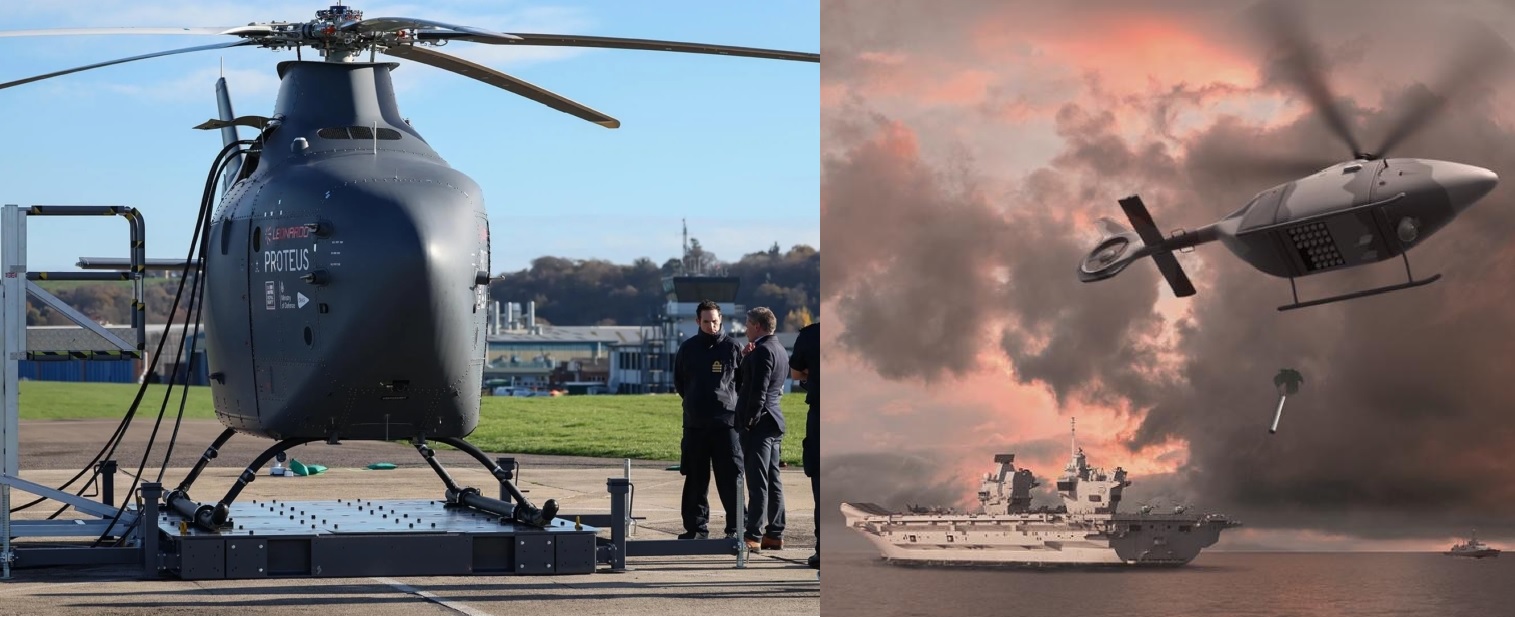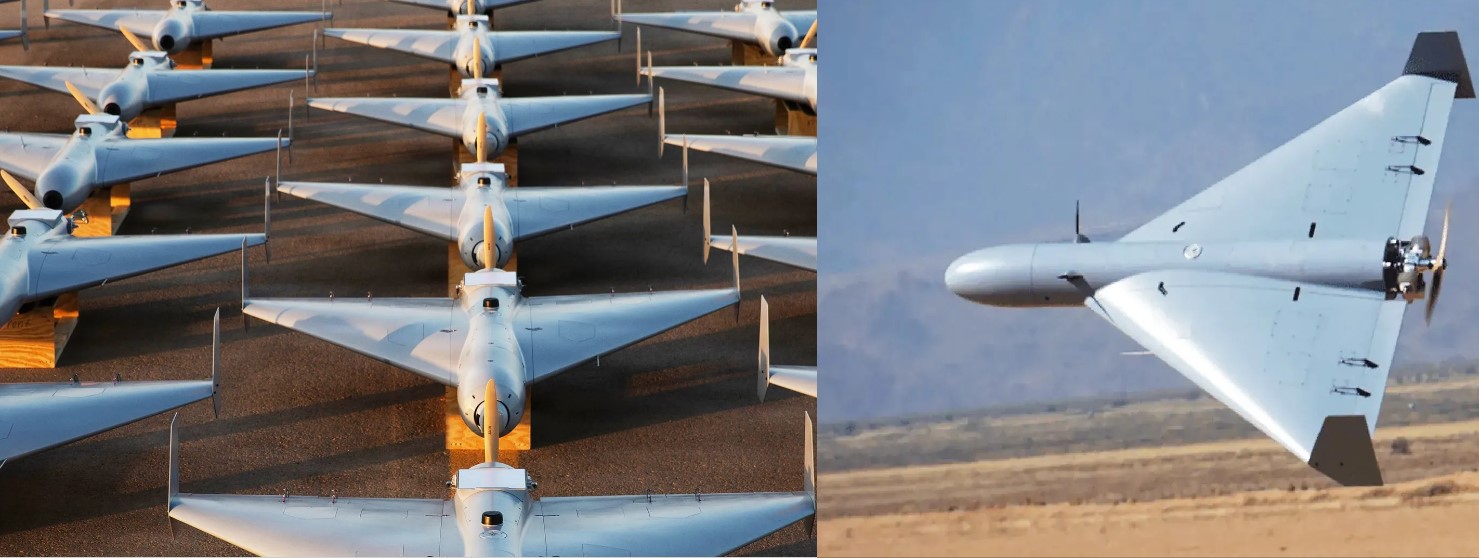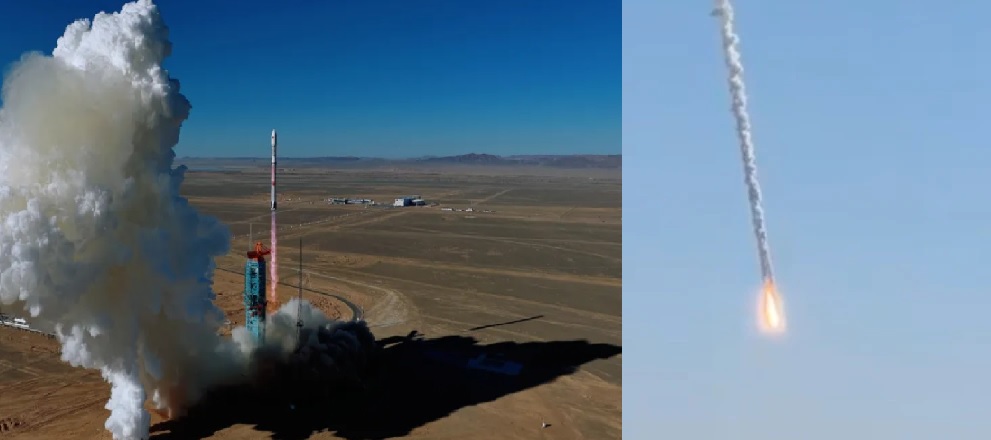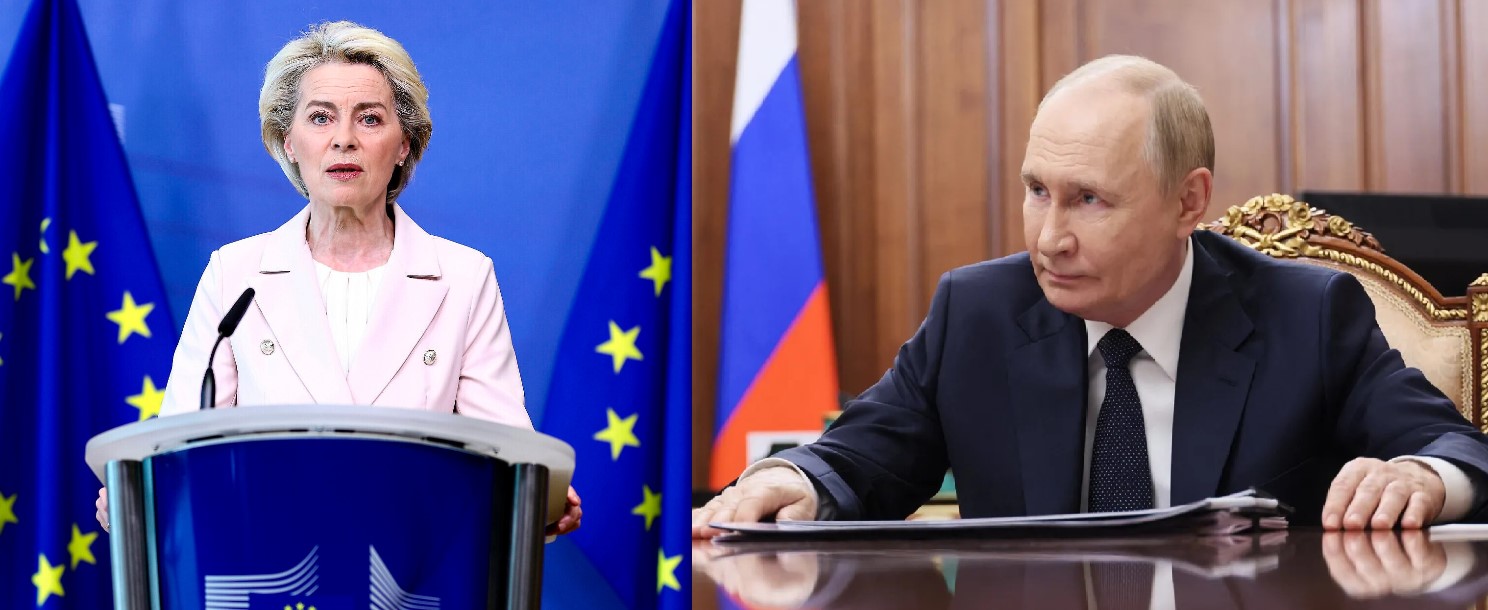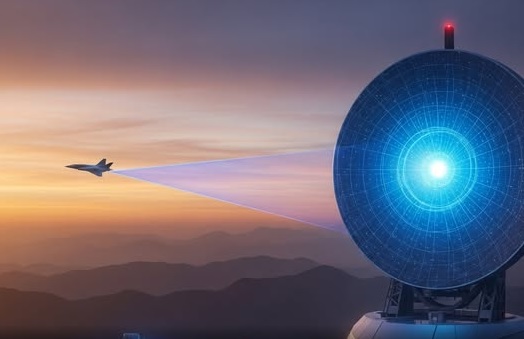Rheinmetall Enters Talks with Boeing and Lockheed Martin Over Uncrewed Combat Aircraft and Missile Production
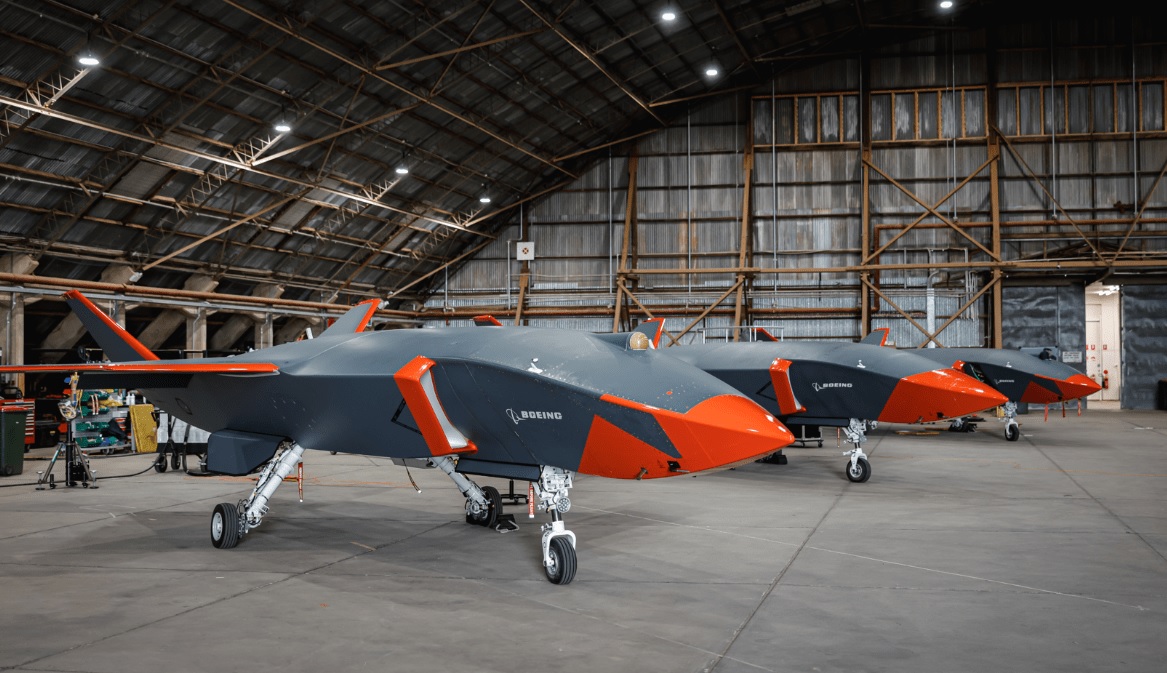
Rheinmetall’s CEO, Armin Papperger, revealed during the company’s Q2 earnings call on 7 August that the German defence group is actively pursuing strategic conversations with Boeing and Lockheed Martin.
With Boeing, Rheinmetall is discussing collaboration around the MQ-28 Ghost Bat uncrewed combat aircraft project being developed in Australia. Meanwhile, dialogues with Lockheed Martin may involve a classified programme linked to the F-35 fighter jet.
Papperger emphasized Germany could need approximately 400 cooperative combat aircraft (CCAs)—a potential “huge business”—though he admitted it’s still uncertain which partner might ultimately be selected.
Rheinmetall is also expanding beyond traditional armoured vehicles by forging ties in advanced technologies. A deal with Finland’s ICEYE has been announced: they plan to build low-Earth-orbit synthetic-aperture radar satellites in Germany, significantly boosting Rheinmetall’s digital intelligence offerings .
Simultaneously, missile production talks with Lockheed Martin are “running in the right direction.” Papperger hopes for initial success later this year as Rheinmetall scales up rocket motor and missile production in northern Germany, possibly including production of the MGM-140 Army Tactical Missile System (ATACMS) .
In parallel, Rheinmetall's agreement with Anduril continues to deliver. The two are jointly developing the Fury aircraft for the U.S. Air Force and working on the Barracuda precision munitions line—designed to offer cost-effective strike options.
Papperger clarified that the Lockheed Martin partnership focuses on higher-technology weapons, while the Anduril collaboration targets more affordable munitions. A common thread across these alliances is Rheinmetall’s strategy of forming joint ventures where it holds a majority stake—a key element in bringing cutting-edge technologies to Germany.
These developments occur within a broader context of growing transatlantic defence alignment—especially as US giants ramp up missile and air defence production to address shortages and speed delivery to allies .
✍️ This article is written by the team of The Defense News.
